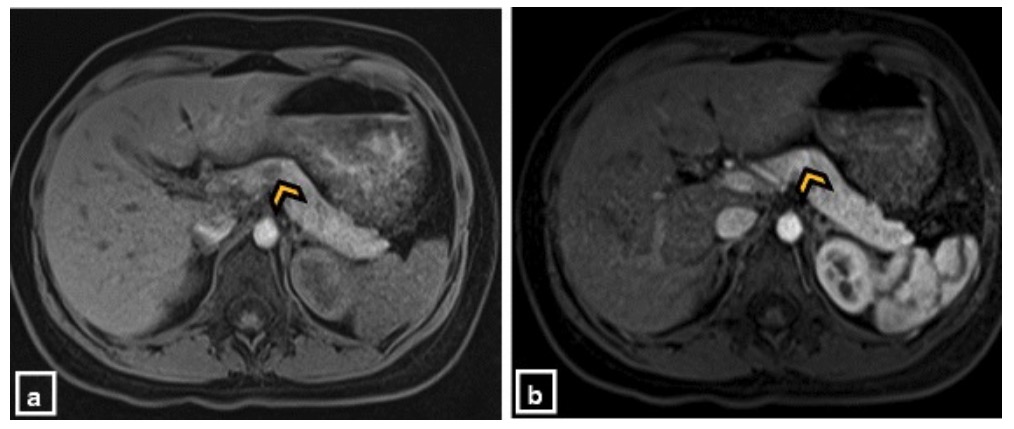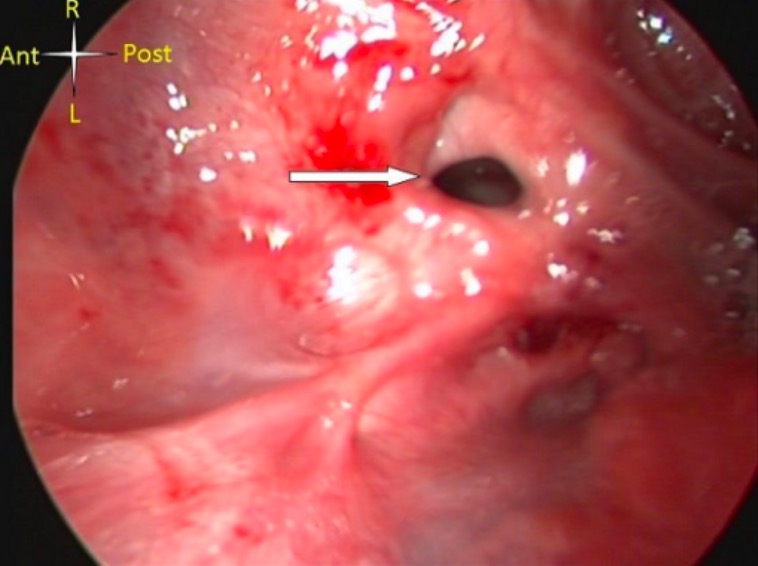Playlist
Show Playlist
Hide Playlist
Hypoglycemic Agents, Caustic Agents and Drugs of Abuse
-
Slides Poisonings in Children.pdf
-
Download Lecture Overview
00:01 Next, we sometimes will see infants and children, especially come in with a hypoglycemic state as a result of an ingestion. 00:09 And unlike adults who can have pretty significant stores of glycogen in their livers, young children are at increased risk for hypoglycemia as a result of ingestion of a variety of agents. 00:23 So let’s go through those. 00:25 Beta-blockers can cause hypoglycemia in infants and children. 00:30 So we need to keep an eye out for infants and children who eat mom’s beta-blocker and present with a hypoglycemic state. 00:38 Sulfonylureas can cause hypoglycemia in children about 8 to 12 hours after ingestion. 00:45 And that’s key, is that there can be a delay in their presentation with a hypoglycemic state. 00:51 So in a child who has altered mental status as a part of our ABCD, D stands for not only disability, but also a D-stick or a dextrose stick. 01:02 We’re going to check all children with altered mental status for what their glucose level is. 01:07 That’s very important and then we’ll provide supportive care. 01:10 This is incredibly important in young children who get into a pill. 01:15 The reason is that they can be profoundly sick from ingesting even only one tablet. 01:22 So one table of a sulfonylurea may kill a young child due to severity of hypoglycemia. 01:29 Grandparents need to taught to keep their diabetes medications out of range of children’s reach. 01:36 Another common poisoning we worry about is caustic ingestions. 01:40 A child gets into the Drano under the sink. 01:44 In general, base is worse than acid. 01:48 We can make base ourselves to counteract acid in our tissues. 01:51 But base generally causes worse damage. 01:55 It can cause a liquefactive necrosis, severe burns, it can cause significant eye damage and the one we all worry about is esophageal emergency and rupture. 02:05 So these infants will eat some caustic soda, drink it down and it will cause severe burns of the esophagus, which can be very life-threatening. 02:14 These children need to be dealt with immediately There is no antidote. 02:18 We don’t give them acid to drink. 02:19 We have to stabilize them and manage their injury. 02:23 One common problem that kids will have is they like to swallow things and put things in their mouth. 02:30 And this is true for coins, which typically either pass through on their own or they are stuck high up and we can remove them. 02:38 But the real terror is when they ingest a button battery. 02:43 This is a classic problem in children. 02:45 So these batteries that are flat that we find in watches and small electronic equipment can cause dramatic damage to infants especially in their esophagus. 02:54 And this is because they’re providing a continuous electrical charge to the tissues around them, that can cause severe burn injury and can actually rupture through the side of the esophagus and cause death. 03:08 So button battery ingestion which are common are an emergency in children. 03:14 They cause severe electrical damage and we need to emergently go in there and remove that battery through endoscopy. 03:21 So call an ENT or a gastroenterologist. 03:23 They’ll quickly come in and remove the object. 03:26 And then assess for damage. 03:28 There can also be long term damage of the esophagus with strictures and other problems. 03:32 These children need to be managed very aggressively, very quickly, and followed long term. 03:38 So let’s review some common drugs of abuse and what they do in adolescents. 03:45 This is pretty high yield for a multiple choice exam. 03:49 So I like to break it down pretty simply and, I think it makes a lot of sense, into types of drugs. 03:55 And in that way, we can think of things more generally. 03:59 For example, it’s okay - Cocaine and methamphetamine are both stimulants, you can think of them somewhat similarly. 04:06 There’s of course uniquenesses. 04:07 For example, crack cocaine can cause injury to the uvula, but in general, we like to think of these as in groups. 04:15 So let’s talk about stimulants first. 04:17 Stimulants will cause an increase in heart rate, respiratory rate, blood pressure, and temperature. 04:23 They will cause patients to be hyperalert and euphoric. 04:26 And they will cause pupils to dilate. 04:29 They can cause sweating, tremor, and decreased peristalsis. 04:34 The way I like to think about it is when you’re attacked by the lion, your eyes dilate because you’re so surprised. 04:40 So remember, dilation is stimulants. 04:42 Dissociative agents may cause increased heart rate, respiratory rate, and blood pressure and high temperature. 04:50 They may cause disorientation though, lethargy, hallucinations or coma. 04:56 They can cause constricted pupils and they may cause nystagmus or ataxia or vomiting. 05:03 Sedative hypnotics tend to lower the blood pressure, heart rate, and respiratory rate, cause stupor or coma. 05:10 The pupils may be normal size, but they may be sluggish and patients may have decreased peristalsis and decreased reflexes. 05:19 And opiates will cause low blood pressure, low heart rate, and low respiratory rate, stupor and coma, but now we have these pinpoint pupils and otherwise, they’re the same. 05:29 So distinguishing between the sedative from hypnotics and the opiates is done by looking for those pinpoint pupils.
About the Lecture
The lecture Hypoglycemic Agents, Caustic Agents and Drugs of Abuse by Brian Alverson, MD is from the course Pediatric Emergency Medicine. It contains the following chapters:
- Hypoglycemic Agents
- Caustic Ingestions
- Drugs of Abuse
Included Quiz Questions
Which of the following drugs does NOT cause hypoglycemia in children?
- Aspirin
- Glimepiride
- Propranolol
- Repaglinide
- Insulin
Which of the following is most accurate regarding accidental ingestion of an alkali?
- Damage is typically more severe than with acid ingestion.
- Severe vomiting is more common than with acid ingestion.
- Liquefactive necrosis is not a feature.
- Esophageal rupture is not as commonly seen as in acid ingestion.
Which of the following is the most appropriate therapy for a 2-year-old boy who has ingested a watch battery 2 hours ago and has stable vital signs?
- Endoscopy
- Gastric lavage
- Oral administration of alkali
- Oral administration of charcoal
- Oral administration of acid
A child is being evaluated for poisoning. He has low blood pressure, bradycardia and constricted pupils. Which of the following is most likely the cause?
- Opium
- Cocaine
- Phenobarbital
- Dicyclomine
- Paracetamol
Customer reviews
2,0 of 5 stars
| 5 Stars |
|
0 |
| 4 Stars |
|
0 |
| 3 Stars |
|
0 |
| 2 Stars |
|
1 |
| 1 Star |
|
0 |
not up to date. please read my note about the updates in approach





